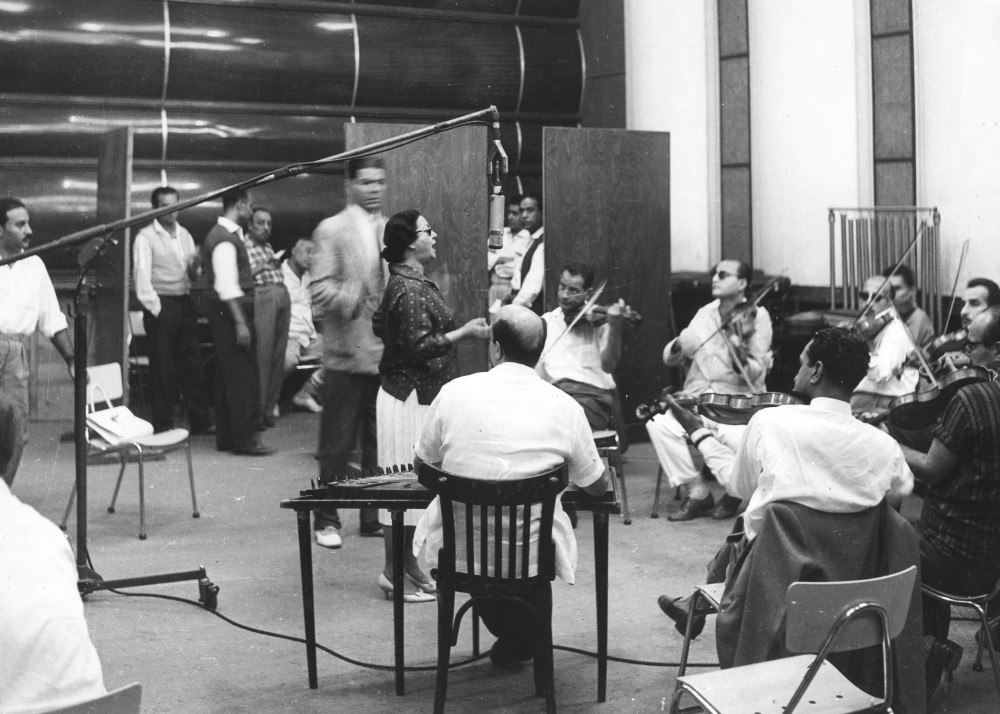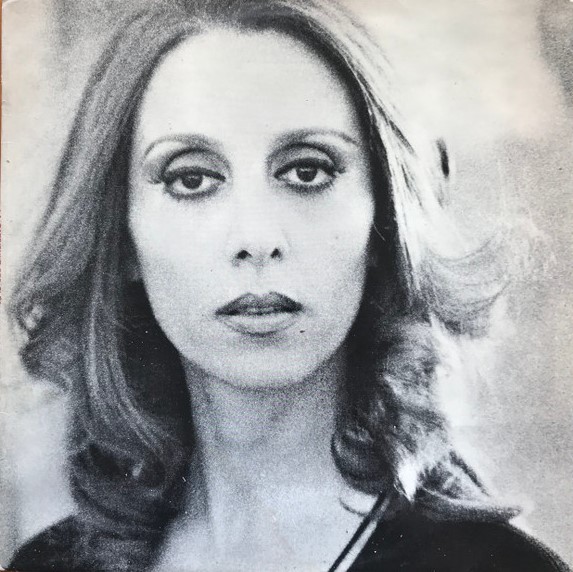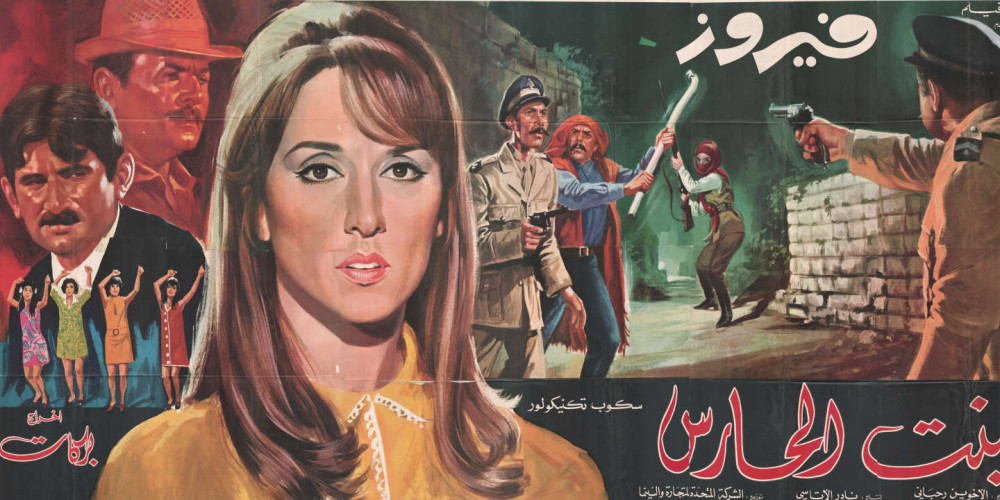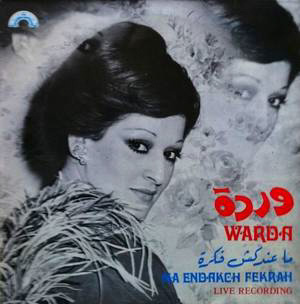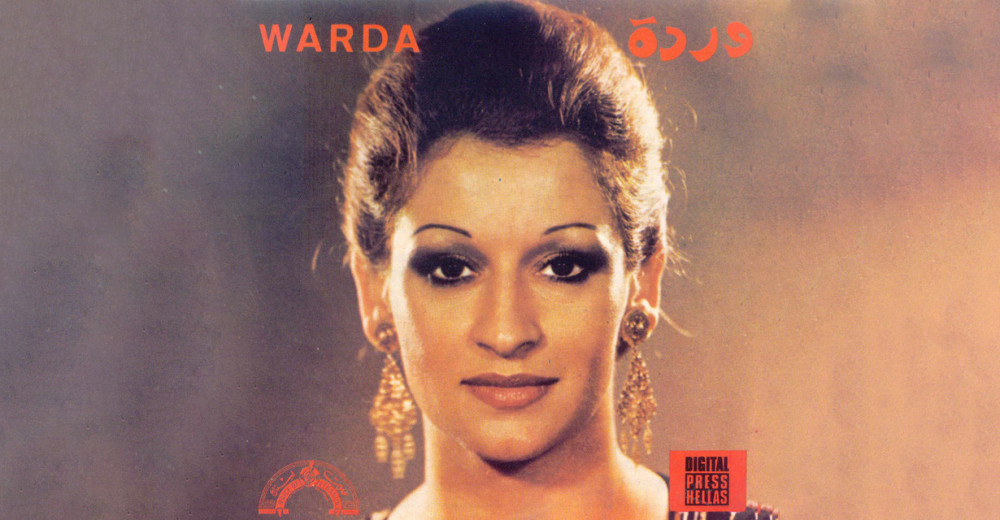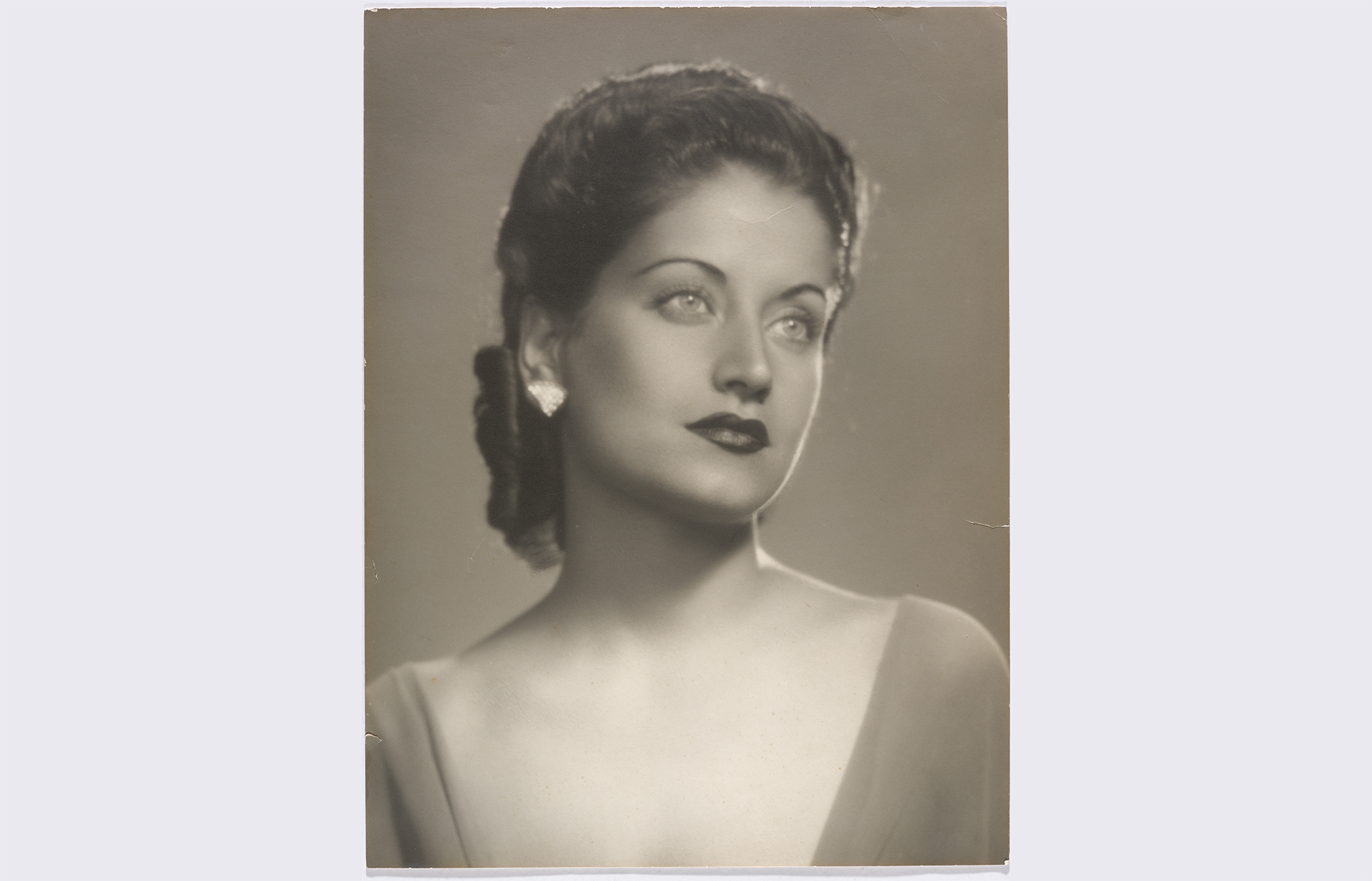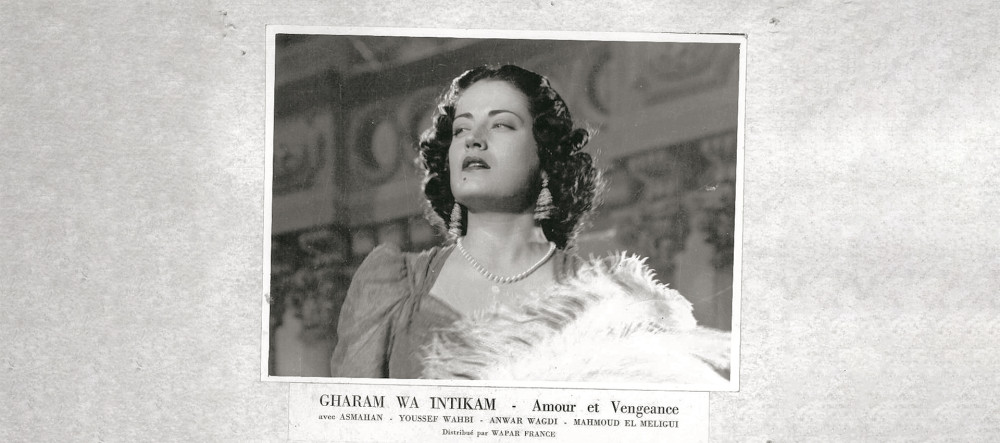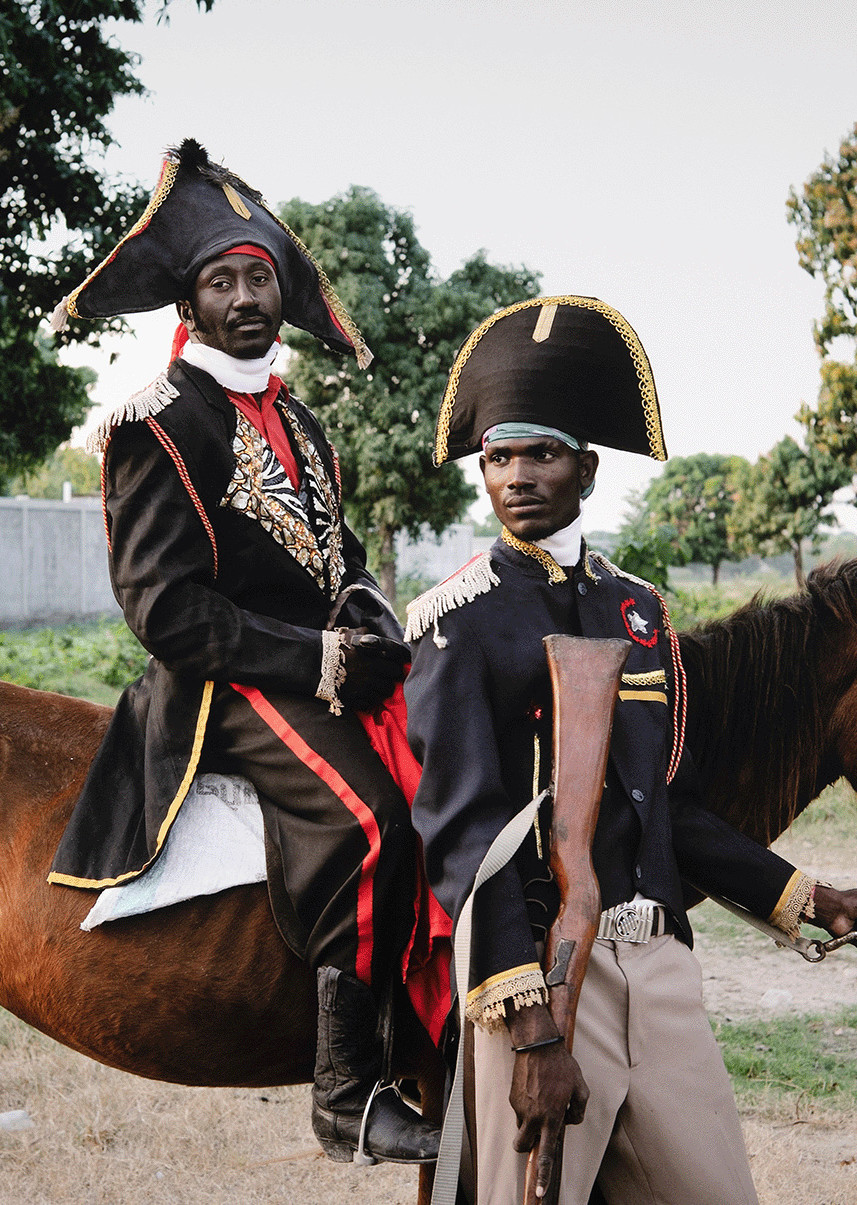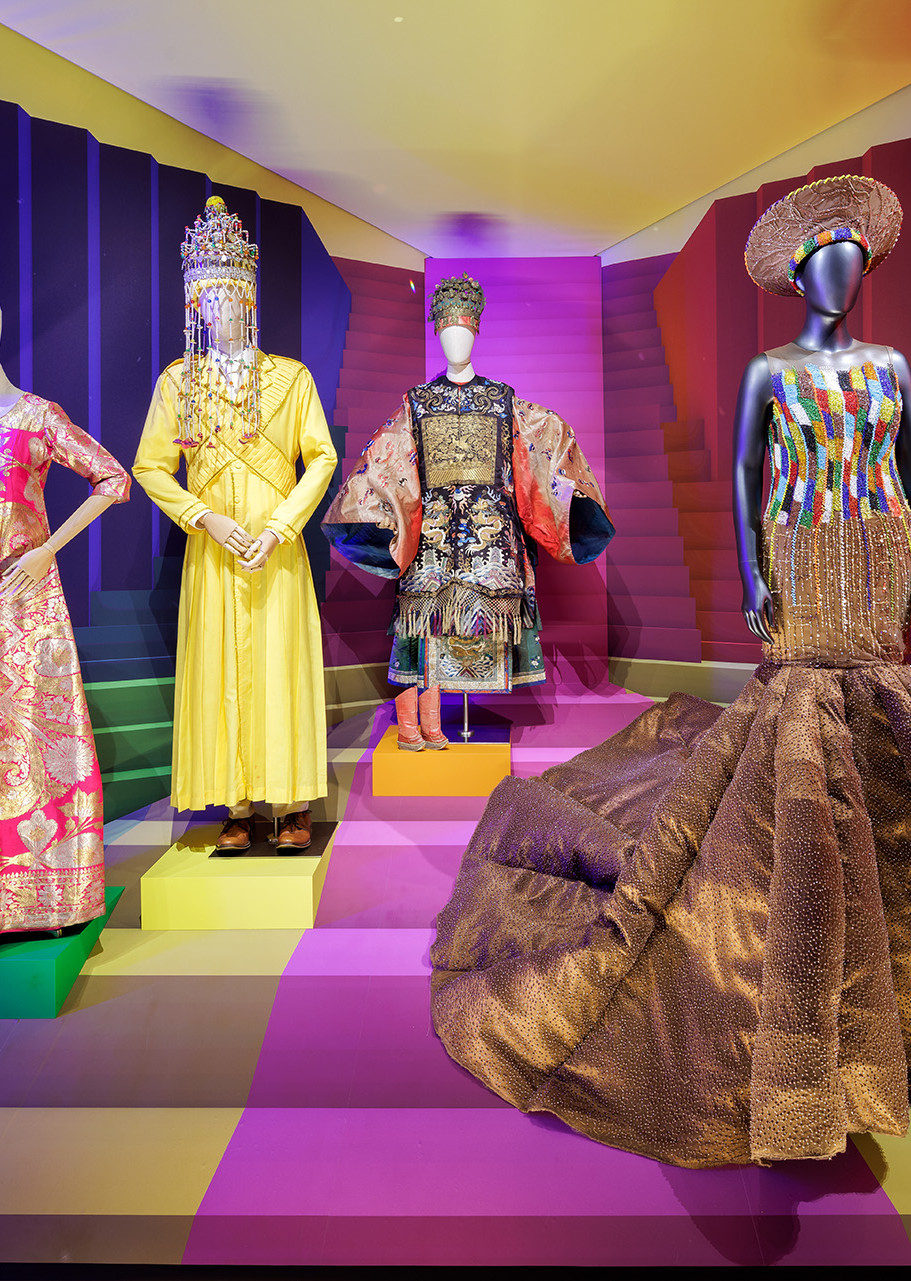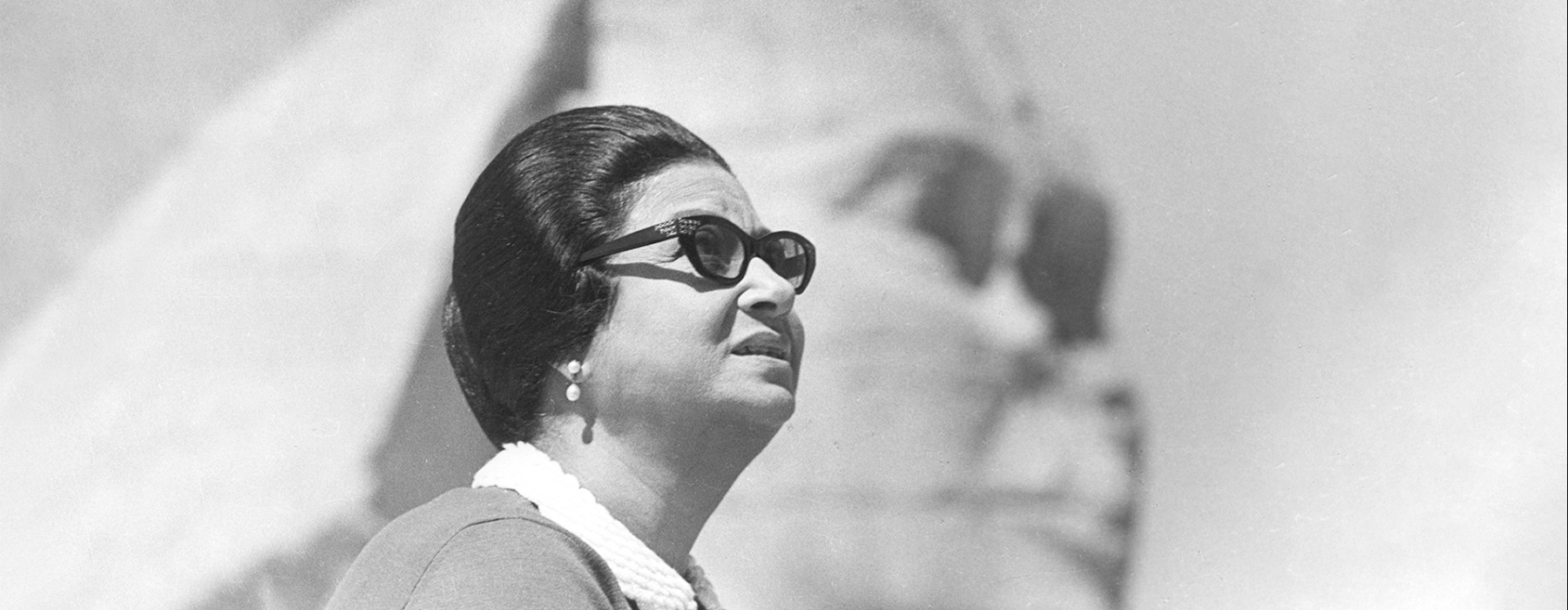
Umm Kulthum was born in the late nineteenth century as Fatima Ibrahim al-Sayyid al-Beltagi in a religious family in Tamay al-Zahayira, a village in the Nile Delta. Dressed as a boy, she started singing in her father’s ensemble and won over the audience with her voice. In 1923, this young lady settled in Cairo permanently. Surrounded by great musicians and intellectuals, she changed her repertoire and her appearance – a diva was born.
